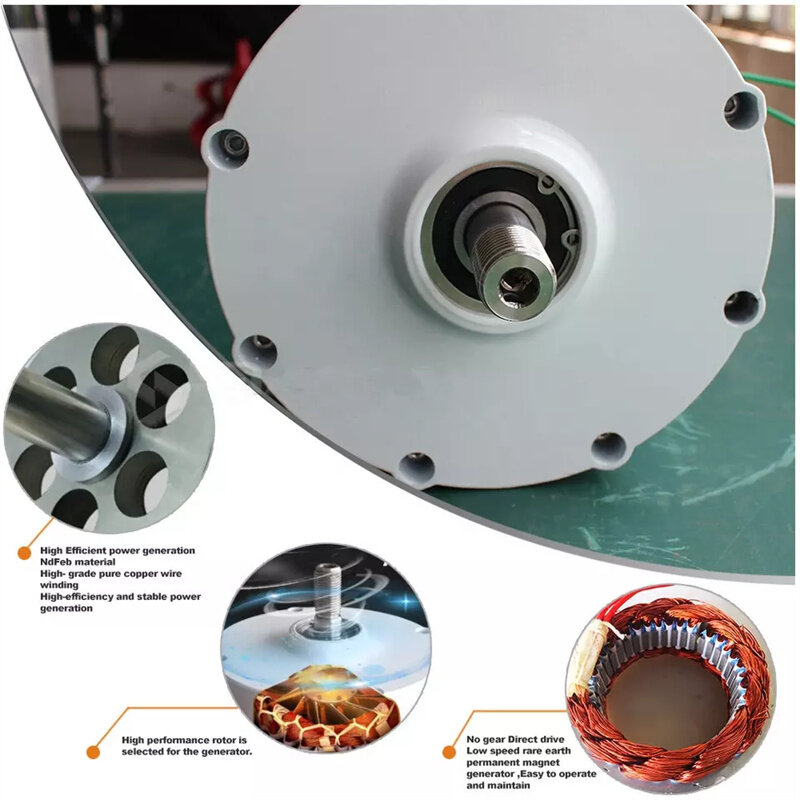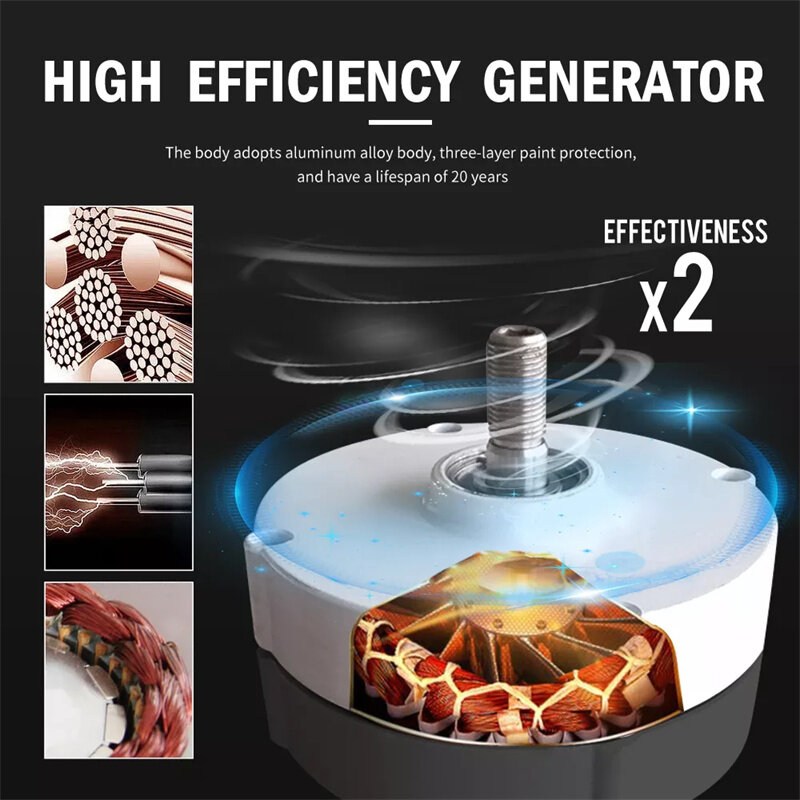Introduction
In the past few years, small-scale hydropower systems have become quite popular because they offer a great way to produce clean and renewable energy. These systems use the force of moving or falling water to generate electricity. One important part of a small-scale hydropower system is the generator, which transforms the energy from the moving water into electrical power. In this blog post, we will take a look at a real-life example of how low-speed permanent magnet generators have been successfully used in small-scale hydropower systems.
Case Study
A Micro-Hydropower Success Story
This case study focuses on a small-scale micro-hydropower system installed in a rural village. The objective of this project was to provide electricity to the village, which previously had no access to grid power. The system utilises a low-speed permanent magnet generator to harness the power of a nearby river.
Designing for Low-Speed Water Currents
The low-speed permanent magnet generator used in this system is specifically designed to operate efficiently at low rotational speeds. This is crucial as the water flow in the river is relatively slow, requiring a generator that can extract maximum power from low-speed water currents. The generator consists of a rotor with permanent magnets and a stator with copper windings. As the rotor rotates, the magnetic field induces an electric current in the windings, generating electricity.

The Construction Process: From Dam to Turbine
The installation of the micro-hydropower system involved constructing a small dam to divert water from the river into a channel. The channel directs the water towards a turbine, which is connected to the low-speed permanent magnet generator. The turbine takes advantage of the kinetic energy present in the moving water and converts it into mechanical energy. This mechanical energy is then passed on to the generator for further use.
Efficient Power Conversion: How the Generator Works
The low-speed permanent magnet generator has proven to be highly efficient in this micro-hydropower system. Its ability to operate at low rotational speeds allows for the extraction of maximum power from the slow-flowing river. Thanks to its high power conversion efficiency, the generator ensures a dependable and steady electricity supply for the village.
Generating and Distributing Electricity: Batteries and Distribution Systems in Micro-Hydropower
In a micro-hydropower system, the electricity generated from flowing water is efficiently stored in batteries for future use. In order to ensure the continuous power supply of the village, we will design and equip the power distribution system.The system will provide stable and efficient power to homes, communities and village facilities. Additionally, a smart control unit regulates the water flow to the turbine based on electricity demand, optimizing resource utilization and preventing overloading of the generator.
Results and Impact
Reliable and Consistent Electricity Supply: Efficient Low-Speed Permanent Magnet Generators
The successful deployment of low-speed permanent magnet generators in the micro-hydropower system has had a remarkable impact on the village. Previously, the villagers relied on hazardous kerosene lamps and candles for lighting. However, with the availability of electricity, their quality of life has significantly improved. Access to electric lighting has enhanced safety, productivity, and overall well-being, enabling activities such as studying and working during evening hours.
Improving Quality of Life: Positive Changes in the Village
The effectiveness of low-speed permanent magnet generator in micro-hydropower system is proved by practical cases. These generators provide us with high efficiency and reliable protection, utilizing the flow of natural water resources. Implementing such systems in remote and off-grid areas enhances the critical role people play in improving lives.

Unleashing Slow-Flowing Water’s Power: Low-Speed Permanent Magnet Generators
This case study highlights the successful integration of low-speed permanent magnet generators in micro-hydropower systems. These generators serve as an efficient and dependable solution for utilizing the energy from slow-flowing water sources. By installing such systems, we can deliver electricity to remote and off-grid areas, promoting sustainable development and significantly improving the quality of life of communities. Given the basic requirements for access to electricity, micro-hydropower systems are a viable solution to meet this demand.

